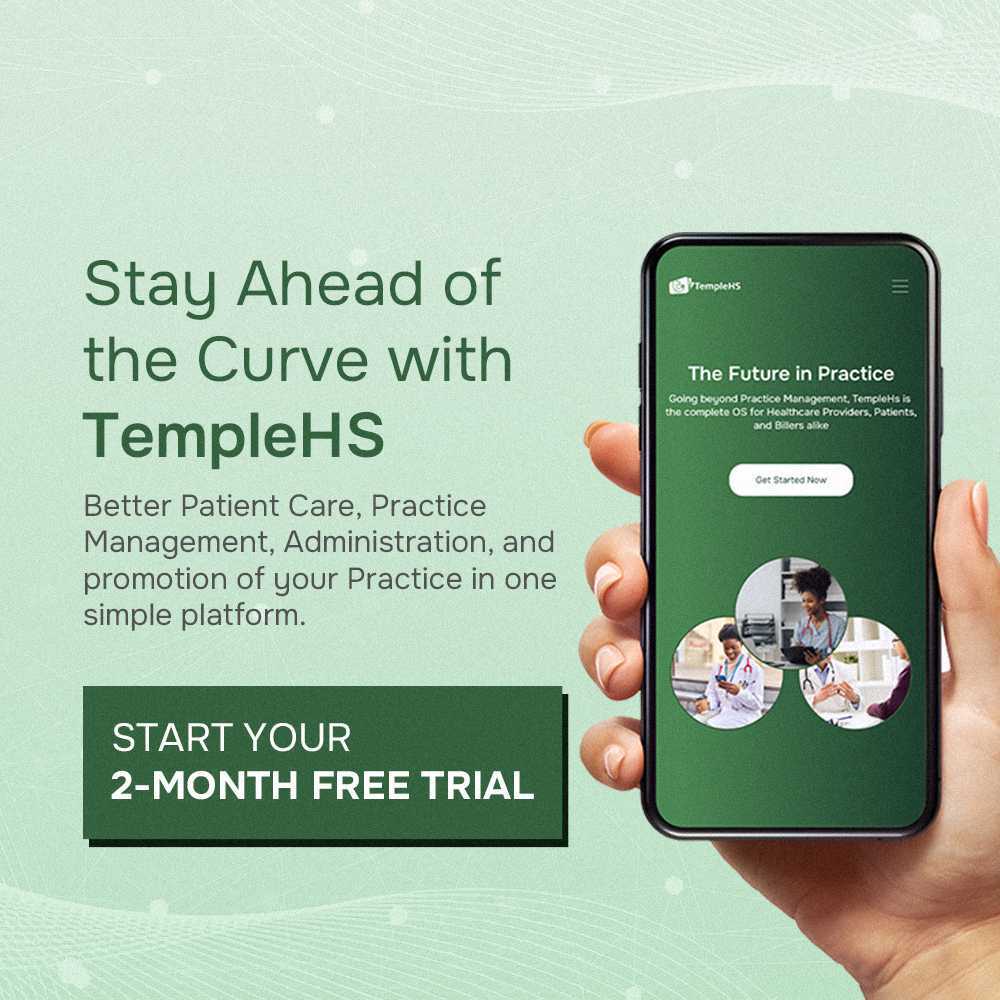Long wait times can be a frustration for both patients and staff in a medical practice. Nobody likes to sit around, especially when they’re not feeling well or have taken time off work for an appointment. Fortunately, there are straightforward ways to streamline operations and make everything run smoother.
This guide offers easy strategies to help reduce those pesky wait times, ensuring your patients have a better experience and your team remains efficient.
12 Ways Clinics Can Reduce Patient Wait Times
1. Online Appointments and Check-ins
Today’s technology allows patients to book their visits or check in online even before they arrive at the clinic. By doing this, front-desk staff spend less time processing paperwork, and patients can avoid the hustle of queuing. This not only speeds up the initial check-in process but also helps to distribute patient flow more evenly throughout the day. Additionally, patients can update their records or provide necessary information online, ensuring that their appointment begins on time.
2. Enforce a policy for late arrivals
Late patient arrivals can create a domino effect, causing delays for subsequent appointments and increasing wait times for everyone. To combat this, clinics can establish and enforce a clear policy regarding tardiness. For instance, if a patient is more than 15 minutes late, they may need to reschedule or wait for an open slot. By setting and communicating these guidelines, patients are encouraged to be punctual, and the flow of appointments remains smooth.
3. Implement Real-time Scheduling
Real-time scheduling tools help in adjusting appointment times based on how the day is progressing. For instance, if a doctor is running 10 minutes behind schedule, the system can alert subsequent patients about the delay. This way, patients can plan their arrival better, reducing the crowd in the waiting area. Furthermore, these tools can identify and fill last-minute cancellations, ensuring that the clinic maximizes its patient capacity.
4. Dedicated Spaces for Different Services
Having dedicated areas for specific services can significantly streamline patient flow. For example, separate rooms or spaces for general consultations, lab tests, and minor procedures can ensure that patients move swiftly from one service to the next without bottlenecks. This separation ensures that a patient waiting for a simple blood test doesn’t get held up by another needing a longer consultation. Organizing spaces effectively can reduce cross-traffic and make operations smoother.
5. Regularly Review and Adjust Operational Procedures
The medical world is ever-evolving, and so are the needs of the patients. It’s vital to periodically review clinic operations to identify any bottlenecks or inefficiencies. This can be done by gathering feedback from both patients and staff. The check-out process may be slower than the check-in, or a particular piece of equipment often malfunctions causing delays. By identifying such issues and rectifying them, clinics can ensure that they are always at the forefront of offering swift and efficient service.
6. Use Telemedicine Where Applicable
Telemedicine has grown in popularity and utility, especially in times when in-person visits might be challenging. By offering virtual consultations for follow-ups or minor issues, clinics can reduce the physical traffic in their premises. This not only frees up space but also ensures that those who genuinely need in-person care receive it more promptly.
7. Deploy a Patient Flow Management System
A patient flow management system can provide a visual representation of each patient’s status and location within the clinic. By understanding where bottlenecks are forming, staff can adjust accordingly. For instance, if a particular testing room becomes a frequent hold-up spot, additional resources or a change in procedure might be necessary.
8. Set Up a Pre-visit Preparation Protocol
Sometimes, delays happen because patients aren’t adequately prepared for their visit, whether that means they haven’t fasted for a test or they didn’t bring necessary documentation. By sending reminders or checklists before appointments, clinics can ensure that patients come ready for their visit, reducing potential wait times.
9. Optimize Appointment Length and Buffer Times
Every patient and every case is unique. While some appointments might take just 10 minutes, others could need 30. By reviewing the nature of appointments and optimizing how long they’re scheduled for, clinics can reduce overruns. Additionally, building short buffer times between appointments can account for unexpected delays, ensuring that a slight delay in one appointment doesn’t cascade through the day.
10. Encourage Off-peak Appointments
Most patients tend to prefer appointments during certain hours, leading to peak times. Clinics can use incentives like discounted rates, free screenings, or quicker service promises to encourage patients to book during off-peak hours. This spreads out the patient load more evenly throughout the day, reducing strain during peak hours and ensuring smoother operations.
11. Communicate with patients about delays
Sometimes, despite best efforts, unforeseen delays can occur. Instead of letting patients grow frustrated in the waiting room, proactive communication can make a significant difference. Informing patients about the reason for the delay, and providing an updated wait time estimate, can ease their anxiety. When patients are kept in the loop, they are more likely to be understanding and patient.
12. Identify bottlenecks
Every clinic has certain areas or processes that can become congestion points. Whether it’s at the check-in counter, the lab results section, or specific diagnostic tests, it’s crucial to identify these bottlenecks. Once recognized, clinics can devise strategies or allocate more resources to streamline these problem areas, ensuring a smoother flow of patients throughout the facility.
Use TempleHS Medical Practice Hosting Solution to Optimise Patient Wait Times
TempleHS Medical Practice Hosting Solution is a game-changer for practices aiming to reduce patient wait times. Leveraging its advanced scheduling features, practices can streamline appointment bookings, preventing overbookings and ensuring patients are spaced out evenly throughout the day.
Also, its digital check-in system minimizes front-desk bottlenecks, allowing patients to provide necessary details before their arrival. By integrating TempleHS into their operations, clinics can seamlessly manage patient flow and reduce wait times.
Conclusion
The benefits of reducing wait times in a medical practice are undeniable. By incorporating some of the simple strategies mentioned in this guide, practices can increase patient satisfaction, boost staff morale, and enhance overall operational efficiency. The goal is to make visits as smooth and hassle-free as possible for everyone involved. After all, a happier patient often means a healthier one, and that’s the ultimate aim of any medical practice.



